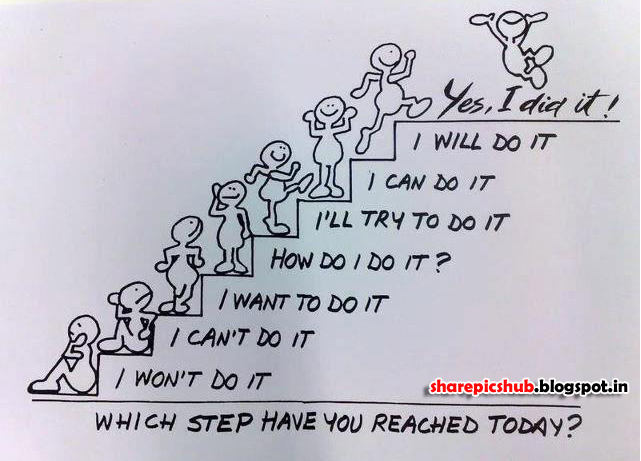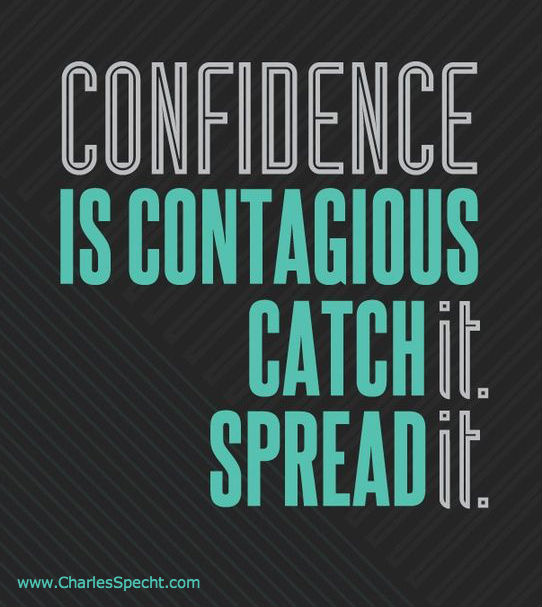How To Think Yourself To A Better Run Split


How fast would you run, if you knew you could run that speed?
What would your finish time be if you KNEW you had a perfect day and could execute it?
Even more important…what would you eat, how would you sleep, and how would you take care of yourself if all of a sudden you became the runner you want to become?
Tsk..tsk…runners. I’m not asking for the impossible :), but for something grounded in your hidden ability, and willpower.
I say hidden because you don’t know always know or realize what you have.
But before we get to answering these questions, we need to know why the questions are so important (and hard) to answer in the first place.
You see…the biggest battle for all runners of course lies in between the ears….
Maybe you don’t feel like a runner, so you don’t adopt a healthy runner’s habits…sealing the deal.
You don’t think you can run that fast…so you never even try…and you never do.
You think your injury is caused by X-uncontrollable factor (your shoes, bad knees, running too far)…and you never learn to really strengthen yourself and fix yourself.
So how do we actually think ourselves to a better run split?

Well by not thinking at all. In fact, as the below article by James Clear illustrates, see how one of the world’s best chess players rebuilds confidence by skipping thinking altogether and going right into action:
“Step by step, Garry would feed off his own chess moves, off the created position, and off his opponent’s building fear, until soon enough the confidence would become real and Garry would be in flow…”
So not feeling like a runner?
Adopt even 1 habit of what healthy runners do (carry a water bottle with you and drink religiously), and you’re one step closer to that lifestyle and to that identity.
Think you’ll ALWAYS be injured?
Start by adopting one regular healthy habit of strong, mobile, connected runners who take daily responsibility for building their athletic bodies (do the couch stretch before going to bed every day)…et voila….you’re on your way.
Don’t know what the couch stretch is? It’s part of our Injury Prevention series. Check it out here.
Think you’ll ALWAYS be slow?
Train how fast runners train!
Fast runners don’t just run the same speed, all the time. Fast runners do speed work, hill work, tempo work, and race often to hone in their pacing.
Fast runners work on drills every week. Not just once a year.
Consistently fast runners work on their mobility and movement every damn day.
Fast runners fuel themselves with clean nutritious food.
Fast runners sleep, and make no apologies for it!
“Fake it until you BECOME it”

Your limiting beliefs are so pervasive you often cannot see them. (And as Tony Robbins says, if you don’t think you have any limiting beliefs, you just found your first limiting belief!) And because you cannot see them for what they are, you assume they’re a reality you cannot change, and make no effort to change them.
But even by changing one little thing–by acting as the runner you want to become– you can trigger a positive cycle to actually become the runner you want to be.
One small action at a time!
~Nate
PS: Runners following our Run Fitness Formula are receiving daily help on just this type of action: strength, mobility, run technique, as well as the key performance assessments you need to do in order to track your progress! Come run with us 🙂

World Chess Champion Garry Kasparov on How to Build Confidence in the Face of FearBy James Clear | Grit & Mental Toughness, Motivation, Overcoming Fearhttp://jamesclear.com/kasparov-confidence
Garry Kasparov and his long-time rival Anatoly Karpov—two of the greatest chess players of all-time—took their respective seats around the chess board. The 1990 World Chess Championship was about to begin.
The two men would play 24 games to decide the champion with the highest scoring player being declared the World Chess Champion. In total, the match would stretch for three months with the first 12 games taking place in New York and the final 12 games being played in Lyon, France.
Kasparov started off well, but soon began to make mistakes. He lost the seventh game and let multiple victories slip away during the first half of the tournament. After the first 12 games, the two men left New York with the match tied at 6-6. The New York Times reported that “Mr. Kasparov had lost confidence and grown nervous in New York.”
If Kasparov was going to retain his title as the best in the world, it was going to take everything he had.
“Playing Kasparov Chess”
Josh Waitzkin was a chess prodigy as a child and won multiple U.S. Junior Championships before the age of 10. Along the way, Waitzkin and his father had the opportunity to connect with Garry Kasparov and discuss chess strategy with him. In particular, they learned how Kasparov dealt with remarkably difficult matches like the one he faced against Karpov in the 1990 World Chess Championship.
Waitzkin shares the story in his book, The Art of Learning (audiobook).
Kasparov was a fiercely aggressive chess player who thrived on energy and confidence. My father wrote a book called Mortal Games about Garry, and during the years surrounding the 1990 Kasparov-Karpov match, we both spent quite a lot of time with him.
At one point, after Kasparov had lost a big game and was feeling dark and fragile, my father asked Garry how he would handle his lack of confidence in the next game. Garry responded that he would try to play the chess moves that he would have played if he were feeling confident. He would pretend to feel confident, and hopefully trigger the state.
Kasparov was an intimidator over the board. Everyone in the chess world was afraid of Garry and he fed on that reality. If Garry bristled at the chessboard, opponents would wither. So if Garry was feeling bad, but puffed up his chest, made aggressive moves, and appeared to be the manifestation of Confidence itself, then opponents would become unsettled. Step by step, Garry would feed off his own chess moves, off the created position, and off his opponent’s building fear, until soon enough the confidence would become real and Garry would be in flow…
He was not being artificial. Garry was triggering his zone by playing Kasparov chess.
—Josh Waitzkin, The Art of Learning
When the second half of the World Chess Championship began in Lyon, France, Kasparov forced himself to play aggressive. He took the lead by winning the 16th game. With his confidence building, he rattled off decisive wins in the 18th and 20th games as well. When it was all said and done, Kasparov lost only two of the final 12 games and retained his title as World Chess Champion.
He would continue to hold the title for another 10 years.
“Fake It Until You Become It”
It can be easy to view performance as a one-way street. We often hear about a physically gifted athlete who underperforms on the field or a smart student who flounders in the classroom. The typical narrative about underachievers is that if they could just “get their head right” and develop the correct “mental attitude” then they would perform at the top of their game.
There is no doubt that your mindset and your performance are connected in some way. But this connection works both ways. A confident and positive mindset can be both the cause of your actions and the result of them. The link between physical performance and mental attitude is a two-way street.
Confidence is often the result of displaying your ability. This is why Garry Kasparov’s method of playing as if he felt confident could lead to actual confidence. Kasparov was letting his actions inspire his beliefs.
These aren’t just feel-good notions or fluffy self-help ideas. There is hard science proving the link between behavior and confidence. Amy Cuddy, a Harvard researcher who studies body language, has shown through her groundbreaking research that simply standing in more confident poses can increase confidence and decrease anxiety.
Cuddy’s research subjects experienced actual biological changes in their hormone production including increased testosterone levels (which is linked to confidence) and decreased cortisol levels (which is linked to stress and anxiety). These findings go beyond the popular fake it until you make it philosophy. According to Cuddy, you can “fake it until you become it.”
How to Build Confidence
When my friend Beck Tench began her weight loss journey, she repeatedly asked herself the question, “What would a healthy person do?”
When she was deciding what to order a restaurant: what would a healthy person order? When she was sitting around on a Saturday morning: what would a healthy person do with that time? Beck didn’t feel like a healthy person at the start, but she figured that if she acted like a healthy person, then eventually she would become one. And within a few years, she had lost over 100 pounds.
Confidence is a wonderful thing to have, but if you find yourself overcome with fear, self-doubt, or uncertainty then let your behavior drive your beliefs. Play as if you’re at your best. Work as if you’re on top of your game. Talk to that person as if you’re feeling confident. You can use bold actions to trigger a bold mindset.
In short, what would a brave person do?
PPS: If you’ve read this far then congratulations! You already are taking action! So keep all that good momentum going, and check out the amazingly cool Run Fitness Formula we created just for you. After all, aren’t YOU worth the few extra minutes?


